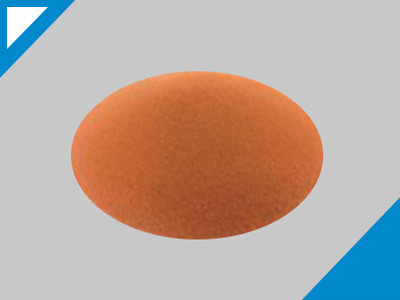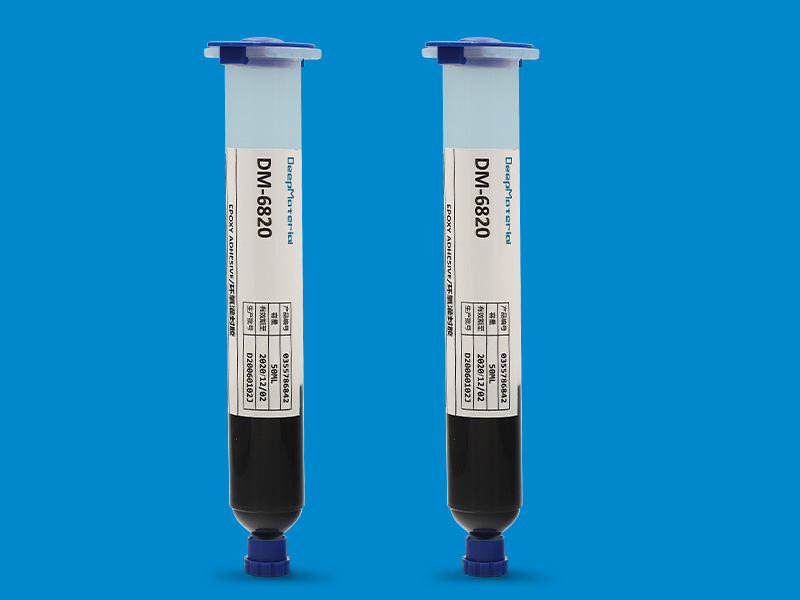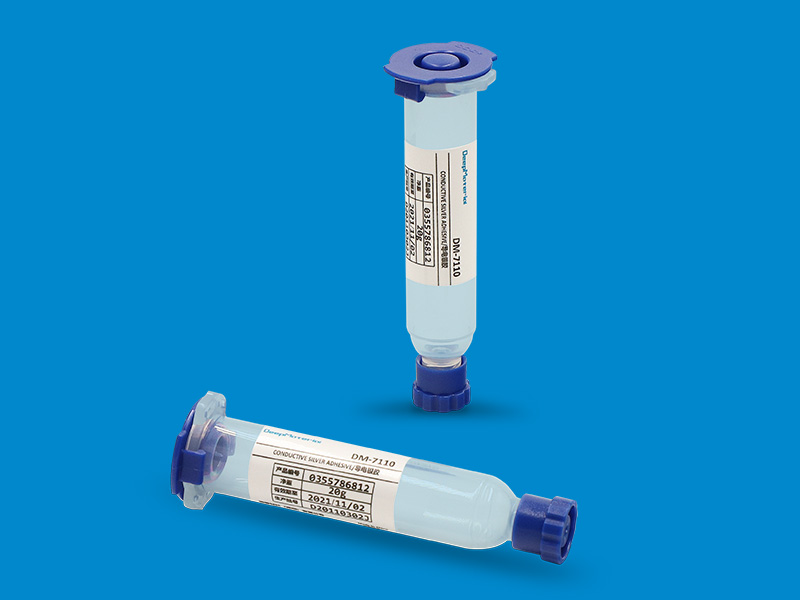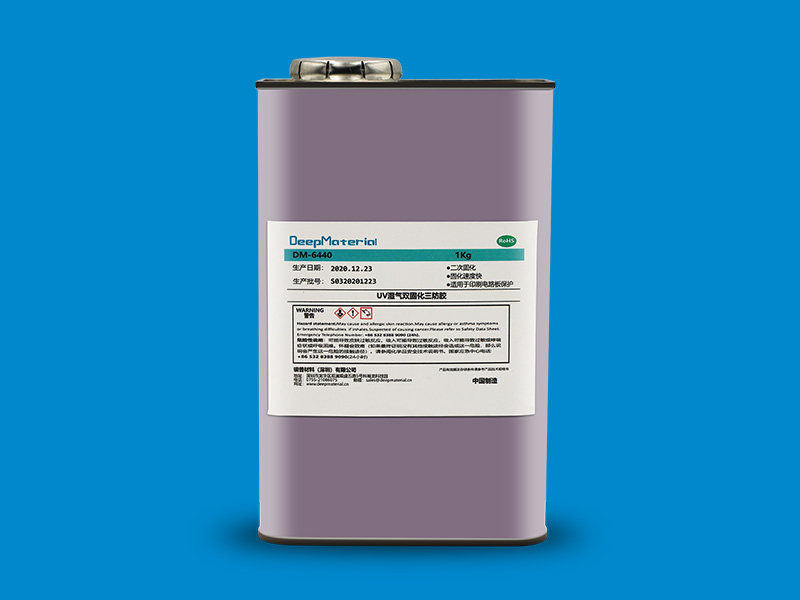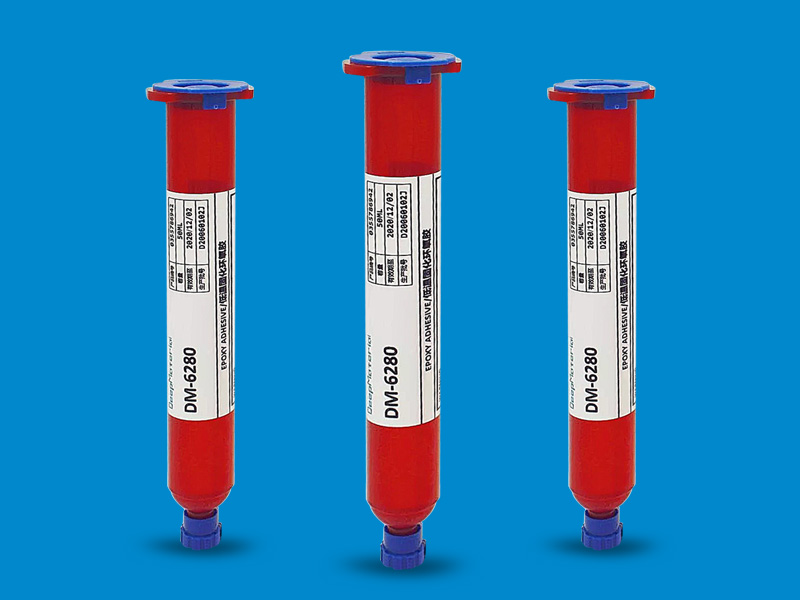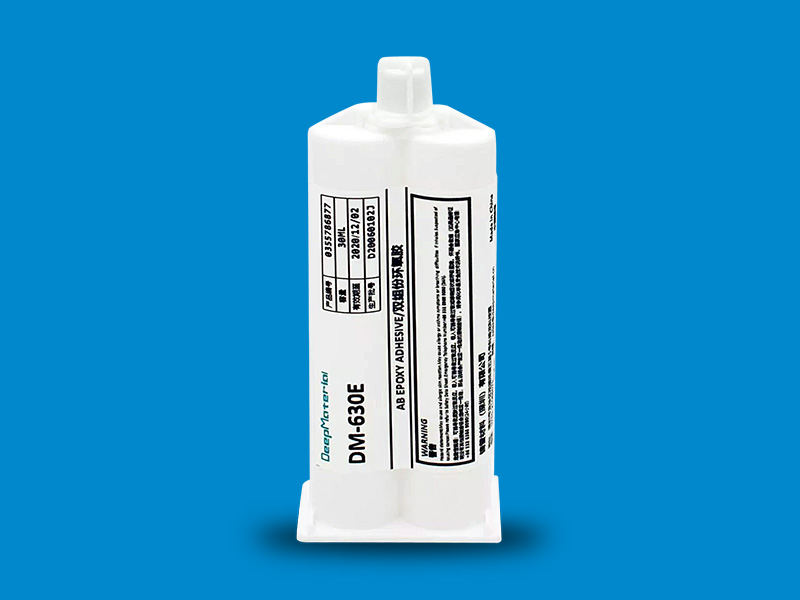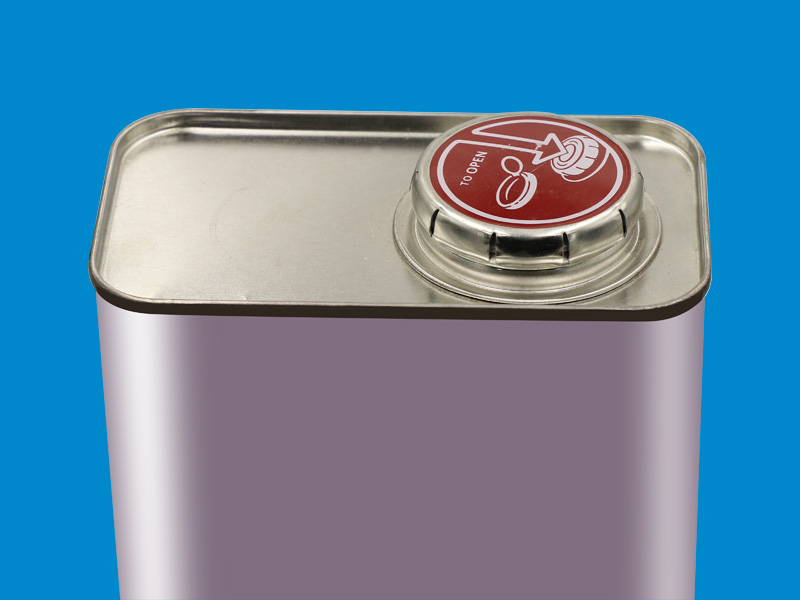Circuit Board Potting: An In-Depth Look
Circuit Board Potting: An In-Depth Look
Circuit board potting is a crucial process in the electronics manufacturing industry, aimed at enhancing the durability and reliability of electronic components. Potting involves encasing electronic circuits in a solid or gel-like compound to protect them from environmental factors such as moisture, dust, and mechanical stress. This article explores the significance of circuit board potting, the materials used, the different methods of potting, and its applications in various industries.
The Importance of Circuit Board Potting
Protection Against Environmental Factors
One primary reason for potting circuit boards is to provide protection against environmental conditions. Electronic components are often sensitive to moisture, chemicals, and extreme temperatures. Potting compounds create a barrier that seals the elements from these harmful factors, preventing corrosion and electrical failures. This is especially vital in industries such as automotive, aerospace, and medical devices, where reliability is critical.
Enhanced Mechanical Stability
In addition to environmental protection, potting provides mechanical support to circuit boards. The potting material absorbs shocks and vibrations, which can harm delicate electronic components. This is particularly important in applications where the equipment is subject to frequent movement or impact, such as in handheld devices or vehicles. The added stability helps maintain the integrity of connections and reduces the risk of component failure.
Improved Electrical Insulation
Potting compounds also serve as insulators, preventing short circuits and electrical arcing. This is particularly important in high-voltage applications, where insulation is necessary to ensure safety and proper operation. Manufacturers can achieve better dielectric properties by encasing the circuit in a potting compound, leading to improved performance and longevity.
Cost Efficiency and Longevity
While the initial investment in potting materials and processes may seem high, the long-term benefits often outweigh the costs. Potting significantly extends the lifespan of electronic components by providing a protective environment. This reduces maintenance and replacement costs, making it a cost-effective solution for manufacturers and users.
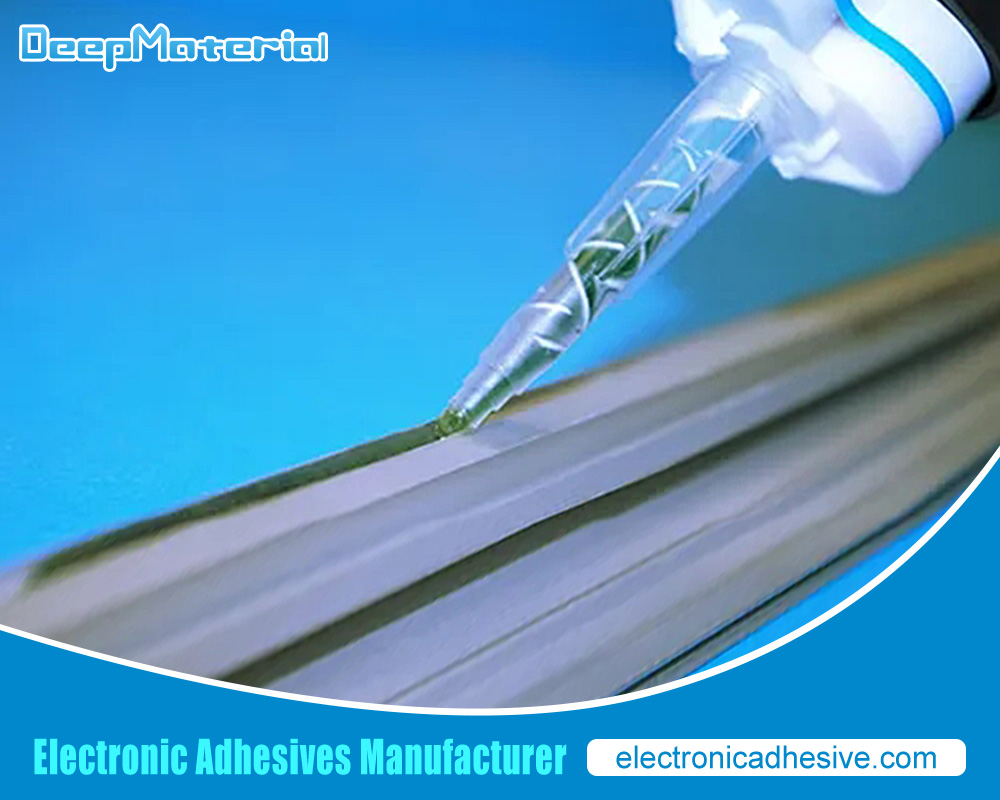 Materials Used in Circuit Board Potting
Materials Used in Circuit Board Potting
The choice of potting material is crucial for achieving the desired protection and performance. There are several types of potting compounds, each with its unique properties:
Epoxy Resins
Epoxy resins are one of the most commonly used potting materials due to their excellent adhesive properties, chemical resistance, and mechanical strength. They cure to a hard, durable finish that provides strong protection against environmental factors. Epoxy potting compounds are ideal for applications requiring high thermal stability and resistance to moisture.
Polyurethane
Polyurethane potting compounds offer flexibility and shock absorption, making them suitable for applications where components may be subjected to vibration or movement. They provide good chemical resistance and can be formulated to cure at various temperatures. However, polyurethane may not be as chemically resistant as epoxy, so careful consideration is needed when choosing a suitable compound.
Silicone
Silicone potting compounds are known for their exceptional temperature stability and flexibility. They remain flexible even at extreme temperatures, making them ideal for applications in harsh environments. Silicone is also resistant to UV radiation, which is beneficial for outdoor applications. However, silicone may not provide the same mechanical strength as epoxy or polyurethane.
Polyester
Polyester potting compounds are less common but are still used in specific applications due to their low cost and ease of use. They provide good moisture resistance but may not offer the same mechanical strength or chemical resistance as other materials. Polyester is often used in less demanding environments or applications where cost is a primary concern.
Methods of Circuit Board Potting
There are several methods for potting circuit boards, each with advantages and disadvantages. The choice of method depends on the application’s specific requirements, including the circuit board’s size and shape, the type of potting compound used, and production volume.
Manual Potting
In manual potting, skilled operators apply the potting compound by hand. This method is often used for small production runs or prototypes, where precision is essential. Manual potting allows for careful circuit board inspection before application, ensuring all components are correctly encapsulated. However, it can be time-consuming and may result in variability in the final product.
Automated Potting
Automated potting systems are designed for high-volume production and can significantly increase efficiency. These systems use specialized equipment to dispense the potting compound uniformly over the circuit board. Automated potting can reduce labor costs and minimize the risk of human error, leading to more consistent results. However, the initial investment in automated equipment can be substantial.
Vacuum Potting
Vacuum potting involves placing the circuit board and potting compound in a vacuum chamber. The vacuum removes air bubbles from the compound, ensuring complete coverage of the components. This method benefits intricate or densely populated circuit boards, where air pockets can lead to incomplete encapsulation. Vacuum potting strengthens the bond between the potting material and the circuit board.
Pressure Potting
In pressure potting, the potting compound is applied under pressure to ensure complete filling of the voids and spaces around the components. This method can enhance the adhesion of the potting material and reduce the risk of voids. Pressure potting is often used in applications where high mechanical strength is required.
Applications of Circuit Board Potting
Circuit board potting finds applications across various industries, highlighting its versatility and importance.
Automotive Industry
In the automotive industry, potting protects electronic control units (ECUs), sensors, and other critical components from moisture, dust, and vibrations. Potting enhances the reliability of these systems, which is essential for safety and performance.
Aerospace Industry
Aerospace applications demand the highest standards of reliability due to the harsh operating conditions and potential consequences of failure. Potting protects avionics, communication systems, and other critical components from environmental factors such as extreme temperatures, humidity, and mechanical stress.
Medical Devices
In the medical field, circuit board potting is essential for ensuring the safety and reliability of devices such as patient monitors, diagnostic equipment, and implantable devices. Potting protects sensitive electronics from contamination and provides consistent performance in critical applications.
Consumer Electronics
Potting enhances the durability and reliability of consumer electronics, such as smartphones, tablets, and wearable devices. It protects components from moisture and dust, ensuring that devices function properly in various environments.
Industrial Equipment
Industrial applications often involve exposure to harsh conditions, including extreme temperatures, moisture, and vibrations. Potting protects control systems, sensors, and other electronic components in equipment such as motors, pumps, and automation systems.
Challenges in Circuit Board Potting
While circuit board potting offers numerous benefits, there are also challenges that manufacturers must address:
Material Selection
Choosing a suitable potting material is critical for achieving the desired performance and protection. Factors such as temperature range, chemical exposure, and mechanical stress must be considered. Incorrect material selection can lead to failures and reduced product life.
Process Control
Maintaining consistent potting quality is essential for ensuring reliability. Variations in the potting process, such as improper mixing, temperature fluctuations, or contamination, can affect the final product. Manufacturers must implement strict process controls to mitigate these risks.
Curing Time
The curing time of potting compounds can impact production efficiency. Longer curing times may slow production, while rapid curing compounds may need to allow sufficient working time. Manufacturers must balance curing times with production requirements to optimize efficiency.
Repair and Rework
Once a circuit board is potted, repairing or reworking components can be challenging. The potting material must be carefully removed without damaging the underlying components. This can increase repair costs and extend turnaround times.
 Conclusion
Conclusion
Circuit board potting is an essential process in the electronics manufacturing industry. It provides protection against environmental factors, enhances mechanical stability, and improves electrical insulation. Manufacturers can achieve reliable and durable electronic components suitable for various applications by selecting the appropriate potting material and method. As technology continues to evolve, the importance of circuit board potting will only grow, ensuring that electronic devices remain safe and functional in an increasingly complex world.
For more about choosing the top circuit board potting: an in-depth look, you can pay a visit to DeepMaterial at https://www.electronicadhesive.com/ for more info.



